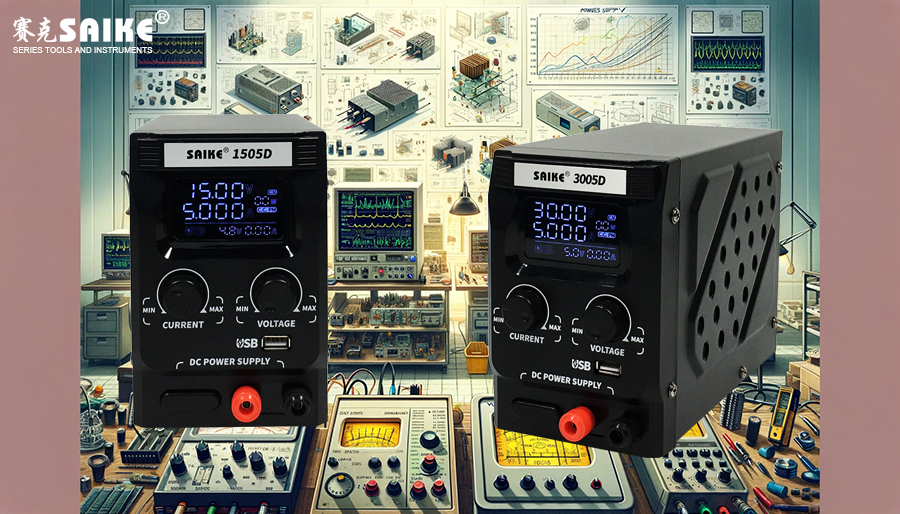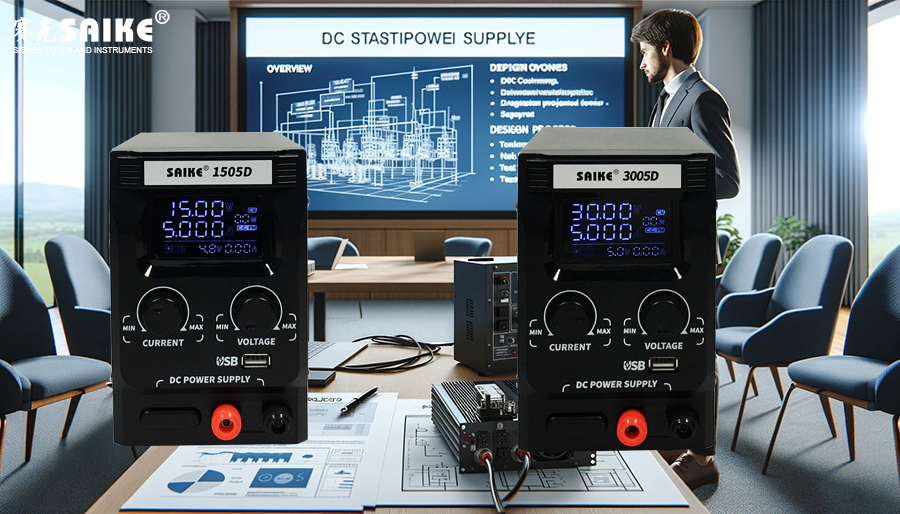
SK-YJ000ZLWYDY-KP 100025
The voltage-stabilized power supply is a crucial component in electronic systems, ensuring that the system operates at a stable and preset voltage level, thereby guaranteeing the performance and stability of the entire system. Selecting appropriate key parameters is the primary task when designing a voltage-stabilized power supply, including output voltage, output current, ripple, and noise. These parameters directly affect the performance and applicability of the power supply.
I. Output Voltage and Output Current
1.Selection of Output Voltage
– Demand analysis: Select the output voltage based on the voltage requirements of the target device, which are usually indicated on the device.
– Tolerance and accuracy: Determine the tolerance range of the voltage to ensure that the minimum operating voltage of the device can be met even under the most extreme input conditions.
2.Selection of Output Current
– Maximum load demand: Evaluate the maximum output current demand, which typically depends on the consumption of the load.
– Overload protection: Consider a certain range of overload capacity in the design to cope with instantaneous load changes.
II. Ripple and Noise
1.Consideration of Ripple
– Ripple definition: Undesired small fluctuations in the output voltage, usually expressed in millivolts peak-to-peak.
– Influencing factors: The magnitude of the ripple is affected by the output capacitance, load, and the topological structure of the power supply itself.
– Ripple reduction: Reduce ripple by selecting appropriate filtering capacitors and optimizing the circuit design.
2.Consideration of Noise
– Noise sources: Mainly come from the switching elements inside the power supply and external electromagnetic interference.
– Noise types: It can be divided into conductive noise and radiated noise, where conductive noise is transmitted through power lines, and radiated noise is transmitted through the air.
– Noise reduction: Use shielding, grounding, and filtering techniques to reduce noise levels.
III. Efficiency and Thermal Management
1.The Importance of Efficiency
– Definition: Efficiency refers to the ratio of output power to input power during the energy conversion process of the power supply.
– The significance of high efficiency: A high-efficiency power supply can reduce energy waste, lower heat generation, and extend the service life of the product.
2.Thermal Management
– Heat dissipation design: Ensure that the power supply operates within a safe temperature range through reasonable heat dissipation design.
– Selection of heat dissipation components: Choose appropriate radiators, fans, or other cooling methods based on power size.
IV. Summary
When designing a voltage-stabilized power supply, it is crucial to reasonably select the output voltage and current, control ripple and noise levels, and optimize efficiency and thermal management. The choice of these key parameters not only affects the performance of the power supply but also determines the reliability and efficiency of the final product. Therefore, designers must comprehensively consider these factors to design a voltage-stabilized power supply that meets specific application requirements. Through rigorous design and testing, it is ensured that the power supply can work stably under various operating conditions, meeting the high standards of modern electronic equipment.


